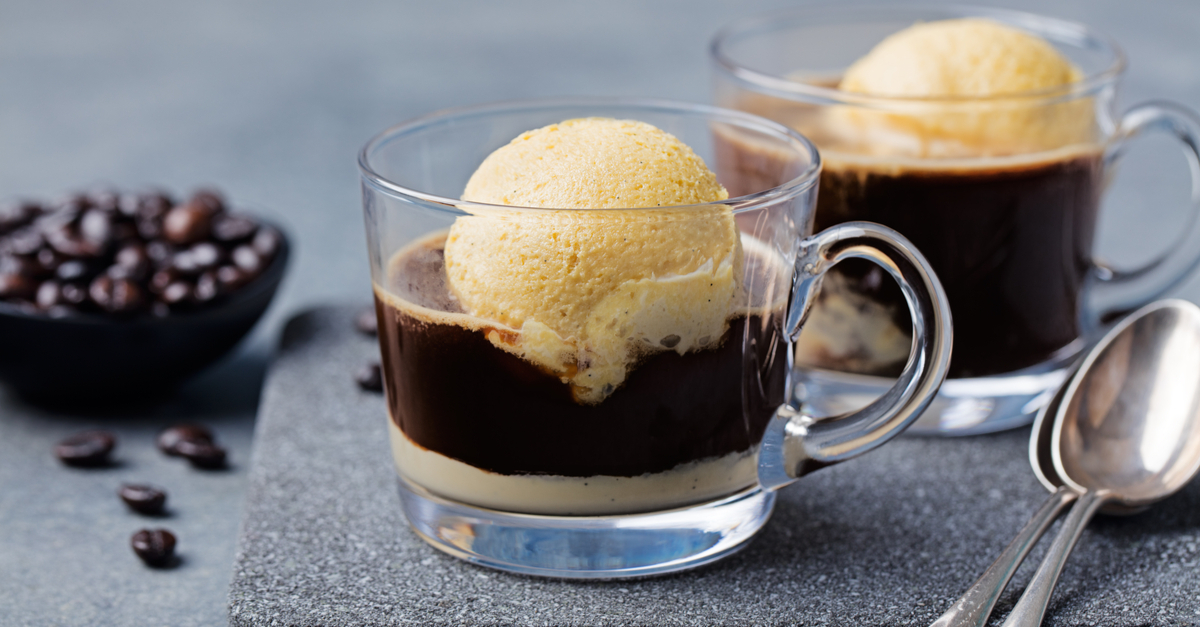The Struggle:
Ice cream is a complex and delicious sweet treat. At its most complex it is a semi frozen perfect amalgamation of fat, sugar, flavor, and ice. Ice cream is that one thing that people place in the freezer for hours, days, and even weeks and expect it to come out soft enough to scoop. Sugar and fat are commonly used to help depress the freezing point of the water, but there is one more ingredient that could be added to lower the freezing point. Alcohol, whether it’s beer, wine, or spirits, all of these ingredients freeze at a much lower temperature than water. So how exactly does alcohol change an ice cream recipe that is already near perfect? When adding alcohol do you have to change the entire recipe? Or is alcohol the final ingredient in the perfect recipe. In this article we will do our best to make sense of a boozy ice cream (gelato and sorbet too)
“Will alcohol make or break my ice cream?”
No Freeze or Low Freeze
Water freezes at 32°F And the common household freezer is set to 0°F. These are important factors to know right off the bat. We know that adding certain amounts of fat and sugar to an ice cream recipe is going to result in perfect scoop-ability around 15°F. Slightly higher and the ice cream will be softer and slightly lower it will be more firm. If you were to increase the sugar and fat that freezing temp would lower and vice versa. In the case that you were starting with an amazing, scoopable, and nearly perfect base recipe how would alcohol change this? It all starts with the type of alcohol you were adding.
For instance, something you would never add would be pure ethanol alcohol which freezes at -173.5°F. Adding even 1 ounce of this to a quart of ice cream base would be a complete disaster.. A beer, which contains roughly 5% alcohol will not freeze until 28°F. A wine in the 14% alcohol range will not freeze until 23°F. A 40 proof or 20% alcohol spirit has a freezing point of 22°F. But some flavored spirits start to creep higher and higher. A 64 proof 32% alcohol liqueur has a range freezing temp of -10°F. This is where things can get tricky and we haven’t even hit the big time spirits like flavored vodka or whiskey. 80 proof 40% alcohol liquor does not freeze until -17°F. The higher you go in alcohol content the more issues you may see with your final result.
Adding alcohol is not something that should always be looked at as an issue. If you were just looking to add a small amount of flavor and not make it boozy ice cream you can do so pretty easily. An ounce of any type of alcohol (not pure ethanol) can be used to flavor an ice cream. The low amounts of alcohol will be enough to add some flavor and slightly enhance the texture/scoopability. Obviously the higher you go the more it will change the texture. The more alcohol that is added will make for a softer and softer ice cream. A good rule of thumb is to never add more than 20% alcohol for the total weight of the ice cream base. This is good if you are looking to make a boozy ice cream as you will get plenty of flavor and still have a scoopable texture at around 0°F. The way this works out is, for every 1000g of ice cream base, you can have 200g of 40% (80 proof) alcohol. This will make for an ice cream which has roughly 8% alcohol by volume. 8% is a high amount of alcohol but it’s just for example. 8% alcohol lowers the freezing point of water about 8-9°F. If the ice cream is already perfectly scoopable at ~ 15°F then it should be ideal at 0°F.
All of these ideas should be taken into consideration when adding alcohol to an ice cream, gelato, and sorbet. Very rarely will you make an 8% alcohol by volume ice cream. Anything under that 8% will be flavorful and scoopable. So the next time you want to add a small amount of coffee liqueur or cinnamon whiskey to a recipe, keep it below 20% of the total weight and you will have the best results. If you would like to try adding some alcohol to our base vanilla ice cream recipes you could! Check out the recipe here, and until next time keep cooking.


